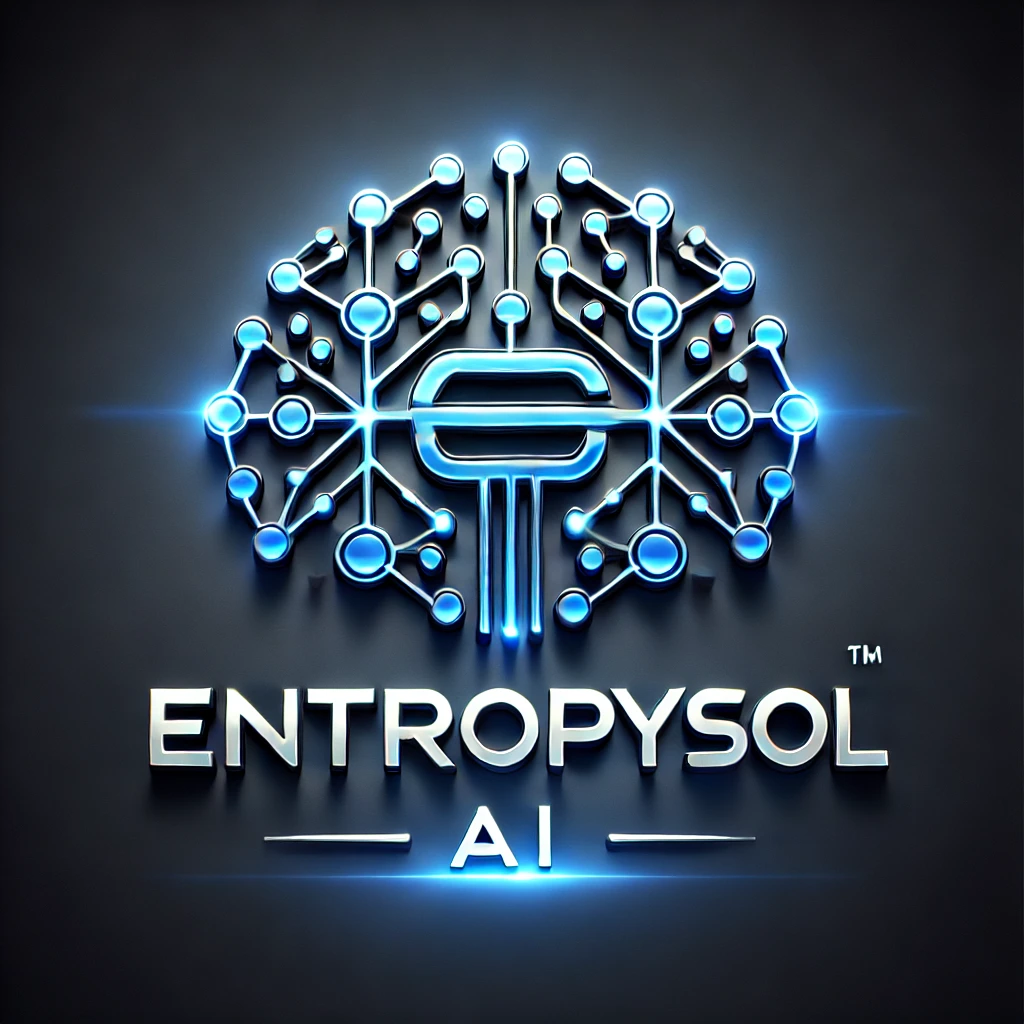In the dynamic realm of artificial intelligence, where innovation sparks daily, one foundational technology consistently stands out: Artificial Neural Networks (ANNs). These remarkable computational models, inspired by the human brain’s incredible architecture, are the invisible engines driving many of the AI advancements we experience today. From sophisticated language understanding to accurate image recognition, ANNs are central to unlocking AI’s true potential.
What Exactly Are Artificial Neural Networks?
At their core, Artificial Neural Networks are a series of interconnected nodes, or “neurons,” organized into layers. Imagine these layers as distinct processing stages:
- Input Layer: Receives the initial data, much like sensory organs.
- Hidden Layers: One or more intermediate layers where complex computations and pattern extraction occur. This is where the magic happens!
- Output Layer: Produces the final result or prediction.
Each connection between neurons has a weight associated with it, signifying the importance of that connection. Data flows from the input through the hidden layers to the output, with each neuron performing a calculation before passing the signal along.
How Do ANNs Learn and Why Does It Matter?
The true power of an ANN isn’t just in its structure, but in its ability to learn. This learning process is iterative:
- Forward Pass: Data moves through the network, generating an output.
- Error Calculation: The network’s output is compared to the desired output, and the error is calculated.
- Backpropagation: The error is propagated backward through the network, allowing the system to adjust the weights of its connections.
This continuous adjustment, often using an algorithm called backpropagation, enables the network to minimize errors and improve its accuracy over time. This adaptive nature is crucial because it allows ANNs to discover intricate patterns and relationships in data that are too complex for humans to explicitly program. They learn from examples, making them incredibly versatile for tackling problems without rigid, predefined rules.
Key Applications of Artificial Neural Networks
Artificial Neural Networks are not just theoretical constructs; they are integral to a vast array of real-world applications across various industries:
- Image and Facial Recognition: Powering photo tagging, security systems, and medical imaging analysis.
- Natural Language Processing (NLP): Driving chatbots, machine translation, and sentiment analysis tools.
- Predictive Analytics: Used in finance for fraud detection, in healthcare for disease prediction, and in retail for consumer behavior forecasting.
- Autonomous Systems: Essential for self-driving cars to interpret their surroundings and make decisions.
Why ANNs are Foundational to Modern AI
As enterprises and researchers push the boundaries of AI, Artificial Neural Networks remain a cornerstone technology. Their capacity to learn from vast datasets, recognize complex patterns, and make intelligent decisions without explicit programming ensures their continued relevance. They are fundamental to creating the advanced, adaptive, and intelligent systems that are shaping our future.
Ready to explore how these powerful networks can drive innovation in your domain? Understanding ANNs is your first step into the transformative world of advanced AI solutions.
